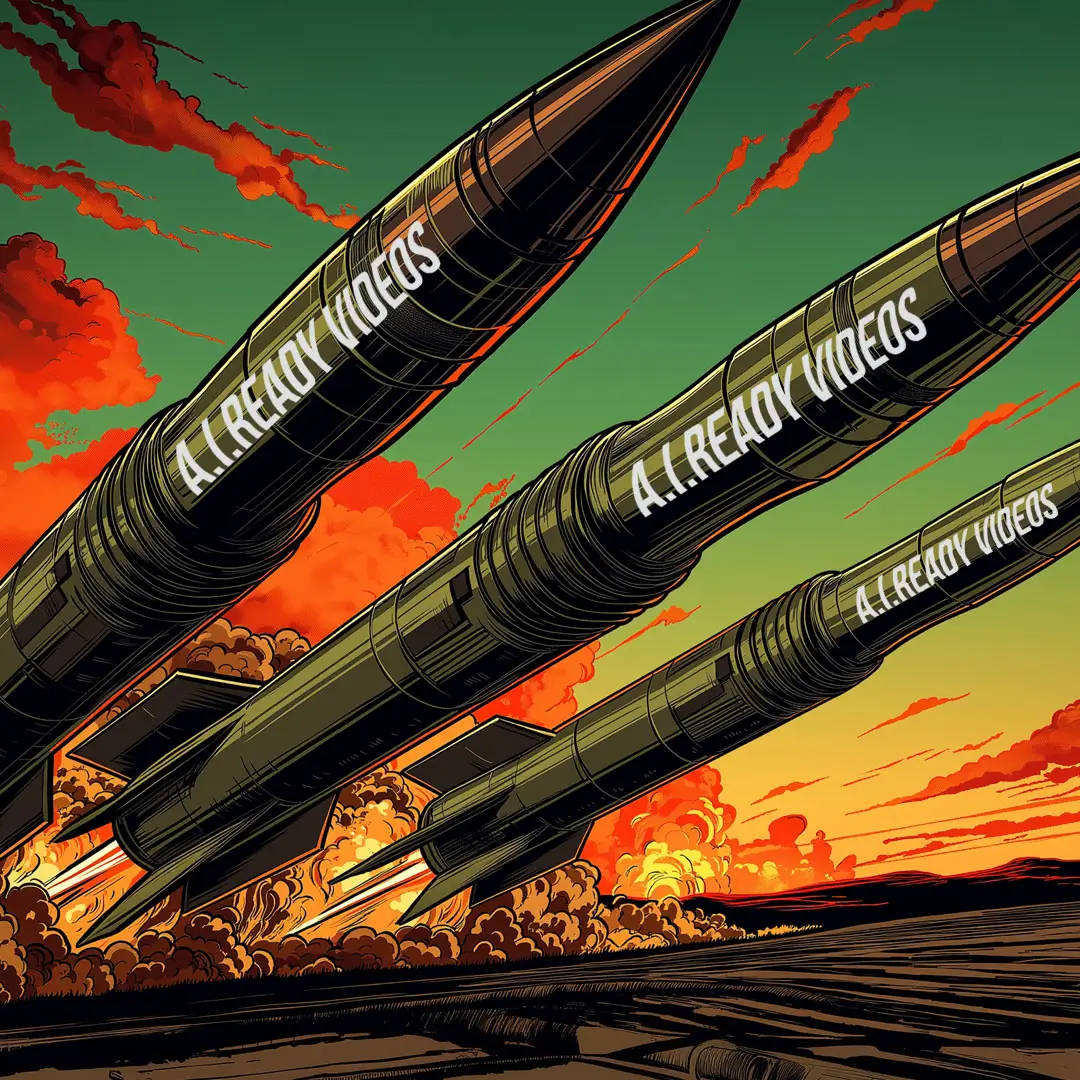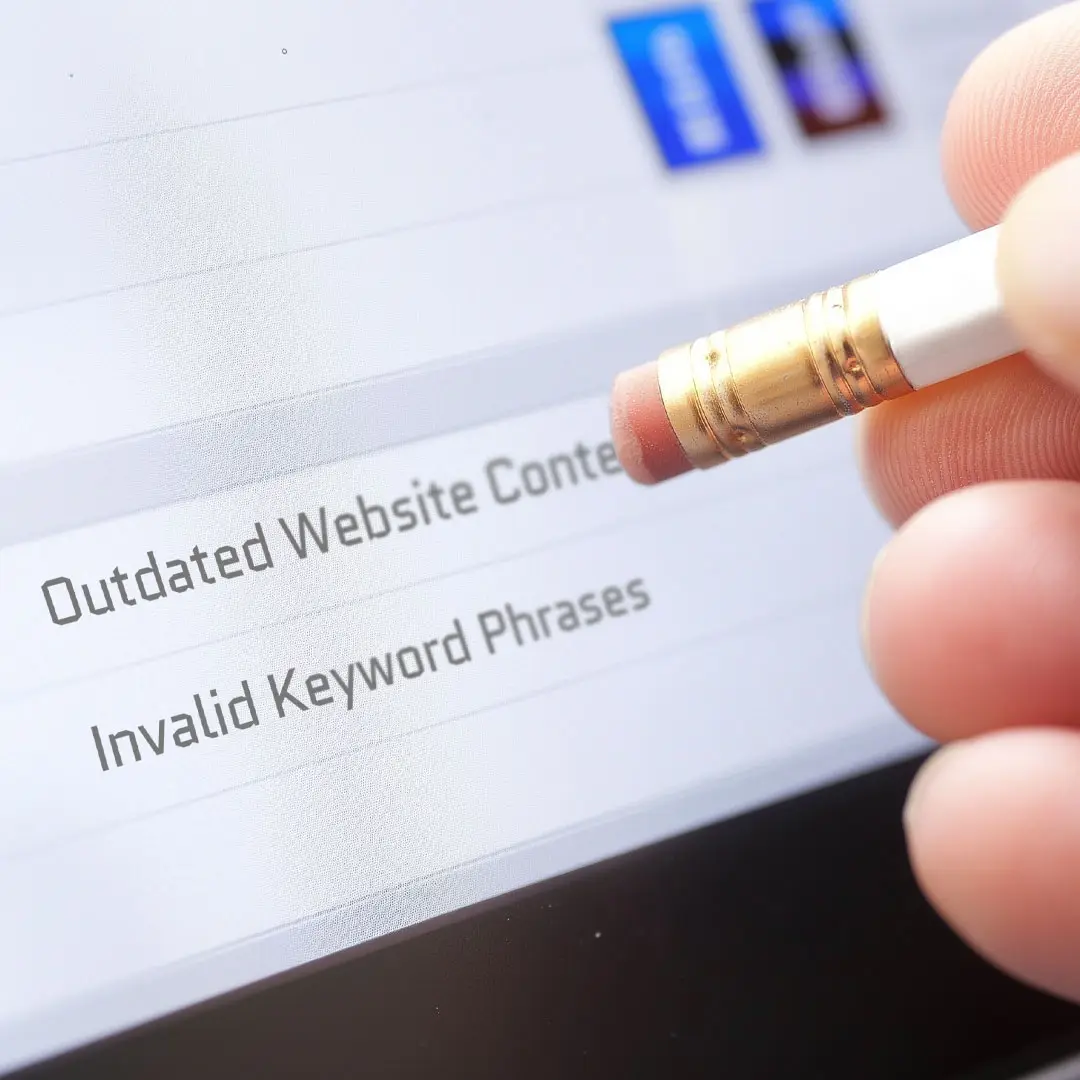An agent I respect pulled up their site and whispered, “We publish nonstop, but search keeps skipping us.” One structured hour later, we collapsed 18 posts into two clean hubs, and the brand finally started getting cited.
If you lead growth and reputation, your risk is not producing too little, it is producing too much that conflicts with itself. The outcome is lost placement in Google results and in AI answers where your prospects increasingly make up their minds. If a competitor cleans first and you don’t, whose words will the AI quote when a client asks tomorrow?
Why “More Pages” Stops Working In 2025,
Google has been trimming supported result types and removing legacy structured data from its systems, which shrinks the surface area where messy markup can survive. The latest documentation updates explicitly list deprecated types and state they are no longer shown, or even reported, in Search Console. That means unsupported or mismatched schema wins nothing. See Google’s own “Simplifying the search results page” and the “Latest documentation updates.”
Meanwhile, conversational search is expanding, and citations are consolidating to a small set of sources. Search Engine Land’s fresh analysis of 20,000 queries shows AI Overview citations deliver visibility similar to roughly Position 6, while driving materially fewer clicks, so selection and brand naming matter more than ever. If your structure is unclear, the model will quote someone else. Add in platform shifts like Google’s new voice-first “Search Live,” and your content must be unambiguous in any modality the AI uses to summarize. Ambiguity loses to clarity in real time.
What Smart Teams Do Differently.
They consolidate thin, overlapping posts into authoritative hubs, then align structured data to exactly what users see on the page. In a recent head-to-head test, only the page with well-implemented schema made it into an AI Overview and also ranked best organically. Presence was not enough, quality and alignment decided it.
They measure more than blue links. Emerging guidance shows that tracking brand mentions and citations inside AI answers is becoming a core KPI, a shift beyond classic rank tracking. If you are not measuring your brand’s visibility inside answers, you are flying blind. They protect signal integrity. Cloudflare’s new policy framework is pushing license clarity for AI crawlers across a huge chunk of the web, which means governance of who can summarize your content just became part of SEO.
The ‘CLEAN FIRST’ Playbook, Built For AI Answers.
- Consolidate, merge overlapping posts into eight hubs that fully answer a topic your buyers ask about
- Label, pick one supported schema type per hub, and keep it identical to the page’s visible purpose
- Evidence, put stats, quotes, and references on the page, not only in markup
- Anchor, build a tight internal link map using exact-intent anchors from spokes to hub
- Normalize, align titles, H1s, and on-page FAQs to the same primary intent
- Format, validate markup and avoid deprecated types recently removed from reporting and results Google for Developers
- Index, request indexing after your hubs exist and are internally supported
- Remove, prune thin or near-duplicate URLs that burn crawl budget for no return, especially during active spam-update windows Search Engine Land+1
- Seed, add a crisp “AI summary seed” at the top, the two-sentence facts you want quoted
- Track, monitor branded citations and selection in AI answers, not just ranks and clicks Search Engine Land
Answer-First Blocks That Models Love.
Add this to the top of each hub as a visible, scannable module, not hidden in code:
- One-sentence claim, what you do, for whom, and where you operate
- Three proof points, price or SLA, scope, recent outcome
- One next action, a single primary CTA
Why it helps, models grab clean, consistent facts first. When those facts are identical to your structured data and repeated verbatim in the body, selection rates rise in both AI Overviews and chat answers. The most recent controlled schema test and documentation updates reinforce that alignment and quality, not just presence, move the needle.
Zoom-Out Insight.
Search is now two games at once, algorithmic rankings and conversational selection. Google still dwarfs chat volumes, but user attention is shifting into summary layers where fewer sources get named. If your content is unclear, you will not be one of them. Today’s winner is the brand that is easiest to quote, not the brand with the most posts. Search Engine Land
What To Prune Before Q4.
- Keyword-swapped articles that repeat the same advice with only minor nouns changed
- Outdated updates and announcements that earned no links or impressions
- Any FAQ content that does not visibly exist on the page it marks up
- Deprecated or low-trust structured data that Google removed from support and reporting Google for Developers+1
Competitive Reality Check.
Top performers are not publishing more, they are clarifying faster. They are consolidating intent, connecting hubs with surgical internal links, and matching schema to on-page truth. They accept that AI Overviews may send fewer clicks, then optimize for being selected and named, because brand recall, not just CTR, now drives pipeline. The rest keep posting and wonder why models pick competitors.
From One Conversation To Eight Hubs In 30 Days.
- Run a 60-minute “Hot Take Engine” interview with your subject-matter lead
- Cluster the transcript into eight buyer-intent hubs, for example Process, Pricing, Geographic Focus, Fees and Terms, Vendor Network, Case Library, Reviews, About and Contact
- Write concise FAQs where questions genuinely appear on the page, then apply one supported schema type per hub that mirrors visible content
- Redirect or remove duplicates and weak posts, then submit the hubs to be indexed
- Track branded citations in AI answers and AI Overview selection frequency alongside impressions consolidation to hubs. If dispersion persists, tighten internal anchors and prune harder Search Engine Land+2Google for Developers+2
Mini A/B You Can Run Tomorrow.
- Variant A, leave three legacy posts live on the same topic
- Variant B, replace with one hub that contains a 2-line AI summary seed and on-page FAQs, plus clean schema
- Measure, AI Overview citation presence, brand mentions in chat answers, impressions consolidation and internal click-through to your conversion page. Expect some volatility during and right after spam updates, then watch stability return as the hub earns internal links.
Future-Pacing, The FOMO You Can Feel.
Picture a buyer asking an AI, “Who explains this best right now?” If your hub is the cleanest, the model quotes your two-line seed, shows your name, and links your page. If you skip the cleanse, the model chooses a rival and your pipeline never hears the question. We have guided teams through consolidations during documentation rollbacks and spam updates. We know what “good” looks like when structure and schema match reality. Want to see how your eight-hub map would surface in AI Overviews and chat results?





